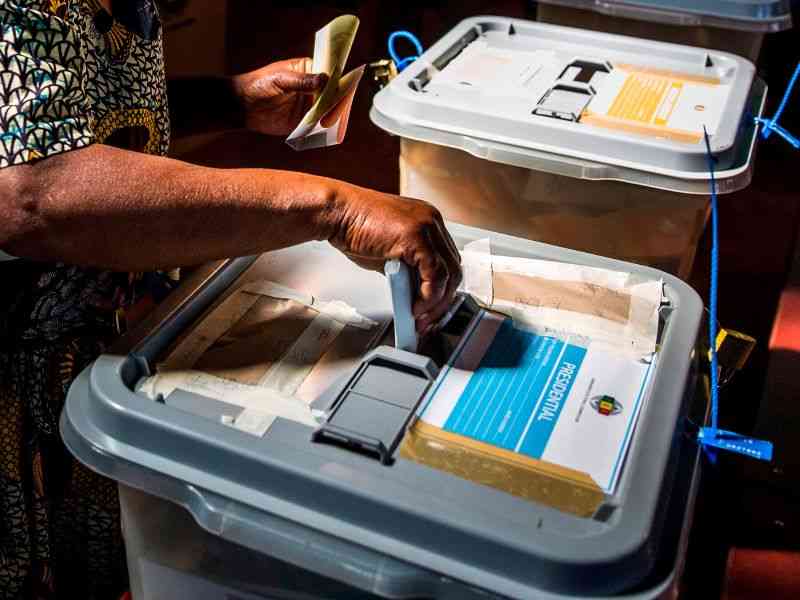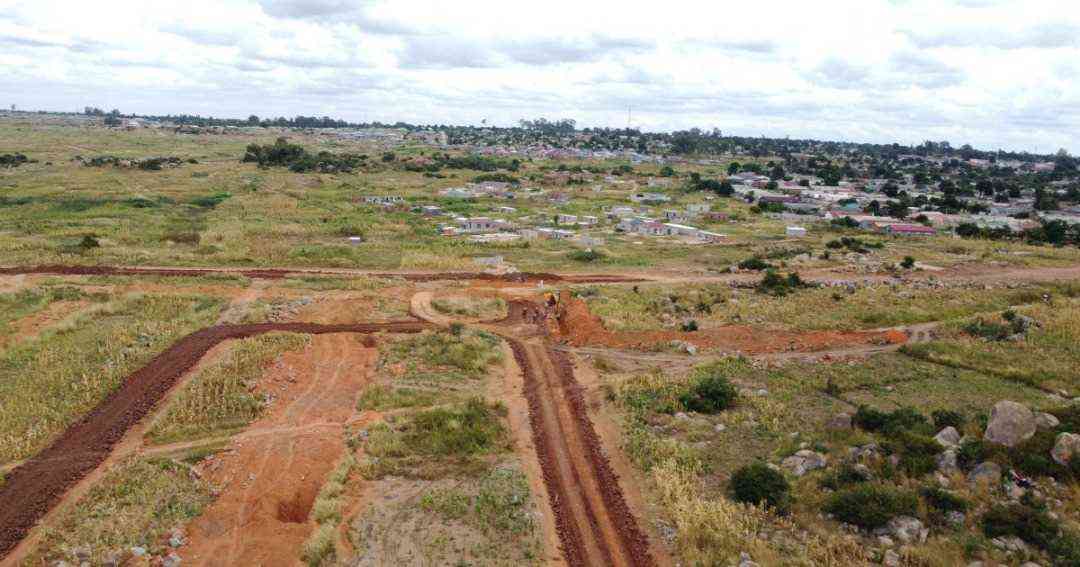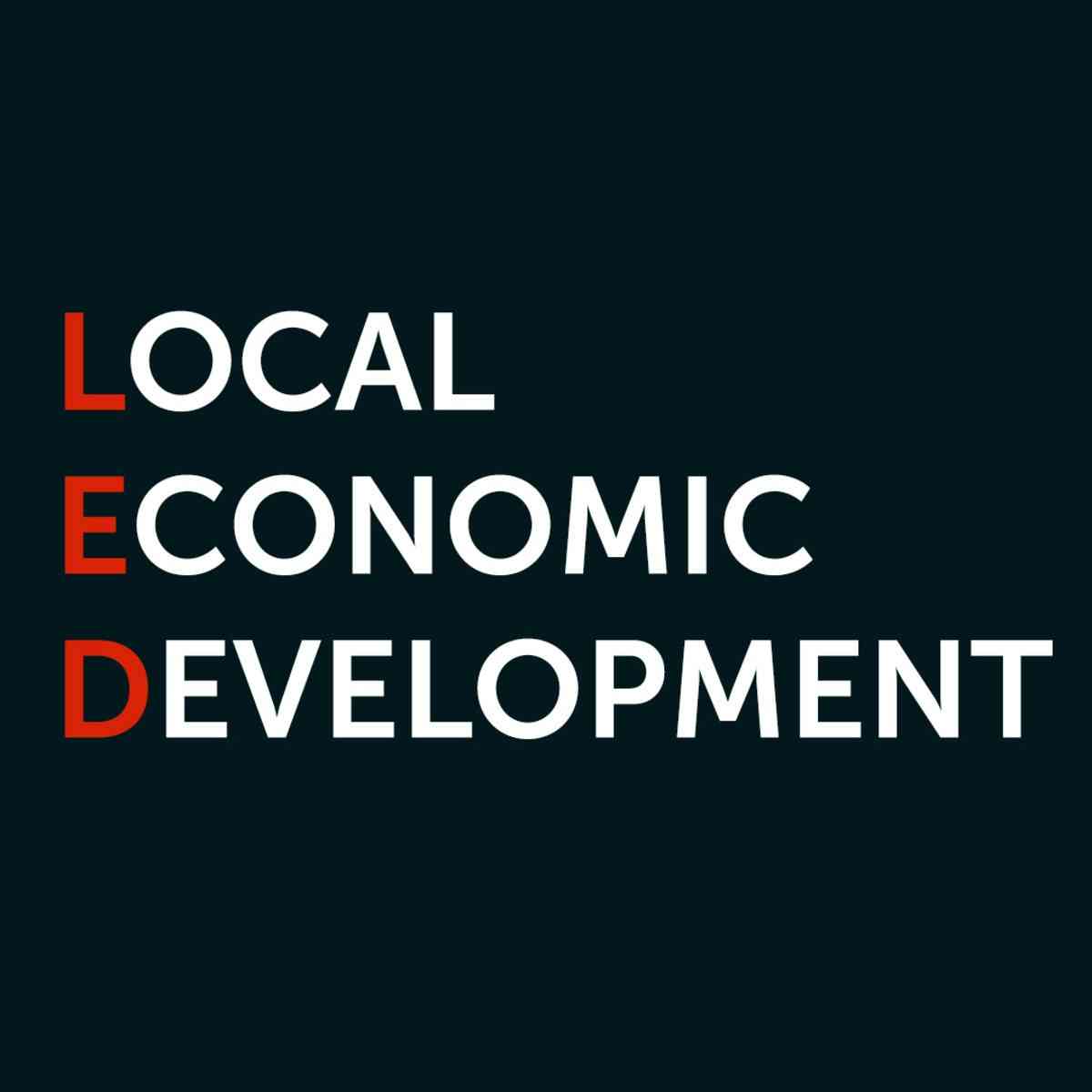
If a country must go through more than ten electoral cycles without experiencing any significant turnaround for the better, or positive change in the social and economic fortunes of the citizenry, then time has arrived to accept something is fundamentally wrong.
Over the past five elections, the Zimbabwean economy has been on a precipitous decline, on not more than one occasion breaching historical global precedents of mal-performance, (ref the hyperinflation).
In terms of change theory, incrementalism is about perpetuation of the status quo, with all its problems, while the rational comprehensive change model creates prospects for overhaul of systems, and redirection of the development trajectory.
As the 21st century progresses, the world is engulfed by economic knowledge to benefit nations and citizens.
But Zimbabwe is overwhelmed by persistent deterioration into such issues that generate negative energy and despondency: rampant unemployment and poverty, regressive taxes, gender discrimination and Chinese land invasions, youth and drugs, debt burdens and debt transfers, state capture, militarisation of the state, corruption, catch and release syndromes and politicisation of policy processes.
Against the backdrop of this predicament there is an inherent, deeper quest to understand firstly, when exactly the nation could have made its wrong turn.
Secondly, to determine what precisely it is that needs to be done to restore the nation on a path of sustainable development.
In 2023, Zimbabwe typifies the seemingly unshakable African paradox whereby mass impoverishment exists in a context of immense natural enrichment, including water, land, mineral wealth and forestries, as well as a large reservoir of skills or expertise.
- Village Rhapsody: Govt must ensure that devolution works
- Village Rhapsody: Govt must ensure that devolution works
- Currency crisis hits capital markets
- Worthless Zim dollar notes clog banks
Keep Reading
The answers to these deep issues are certainly not going to be as cheap as the ink on the election manifesto of some aspiring politician.
The present Government’s economic blueprint, National Development Strategy 1 (NDS 1) 2020-2025 is structured around a set of goals around issues of economic development, health and education development, water reticulation, roads and infrastructure development, human capital development, social protection, devolution, and the national budget.
The NDS is inspired by Vision 2030, which envisages Zimbabwe as an upper middle-income country by that year, 2030. But key questions remain. Are we on track? To where?
One challenge perhaps is to do with differences in interpretation of development processes between government, political leaders, the private sector, civic society, and the international community.
The impression coming from Zanu PF and state representatives is that government is working hard, and in the right direction, and that Zimbabwe is soon to enjoy the fruits of a middle-income economy in 2030.
In a recent (early 2023) assessment of performance of Cabinet mnisters, the Office of the President and Cabinet announced that out of Zimbabwe’s 21 Cabinet ministers, 15 met their work performance targets, that two excelled, and that two failed to reach their targets.
This casts a very positive impression of a very hardworking government committed to ideals of nation-building.
With the turn of the 21st century democracy is an important pillar of modern society.
But perhaps our predicament as 21st century Zimbabwean citizens is the void in leadership theory that eloquently speaks to our specific historical circumstances, demands and expectations.
Addressing delegates to the Zimbabwe Second Structured Dialogue Platform meeting in February 2023, President Emmerson Mnangagwa suggested that in their policy and development, as well as debt programs, his Zanu PF government upheld constitutionalism, accountability and transparency, good governance and democracy.
This is a view that will contrast sharply with private sector and civil society perceptions.
Zimbabweans in 2023 perceive an economic environment that it is faltering, bringing unbearable hardship and burdens in their social and economic life.
Over 2022-2023 the Zimbabwe Council of Churches ZCC conducted a country-wide study of political, economic, environmental technological and social dimensions of life for the citizen in Zimbabwe today, under the theme ‘Finding Hope in Diversity’.
Launched in March 2023, the ZCC ‘National Pulse Report’ notes that basic health and education are increasingly inaccessible, as 62% of Zimbabweans get health services outside their wards, as compared with 35% within their wards.
Implying, as health services (which 81% also say are costly while at the same time being poor in terms of quality of delivery) remain divorced from the people.
The ‘National Pulse Report’ also notes that education is unaffordable for 60% of the population.
Differentiated gender impacts are worsening as 70% of school drop-outs tend to be girls; reasons cited being unbearable fees, child pregnancies (rural and urban), child marriages (in rural areas mostly), drugs and substance abuse.
This grim picture of national trends is further elaborated in monthly and quarterly reports of economic analysts, Zimbabwe Coalition on Debt and Development (Zimcodd).
Presently, Zimbabwe’s GDP, estimated at US$29 billion, represents marginal changes over US$28.4 for 2022 and US$21.5 billion in 2020.
Analyst Tendai Mbofana observes the vision of a middle- income economy by 2030 is quite unrealistic, as it would entail a 164%-712% jump from today.
World Bank WB classifications place Zimbabwe, currently (with per capita GDP of US$1530) and a Middle-Income economy as one with a per-capita gross national income of US$4,046-US$12535.
Zimcodd 2021-2022 reports further highlight the serious challenges posed by the country’s mounting debt to any prospect of economic transformation.
Highlights are (a) the 2.4% rise in the country’s debt (from US$17.6 billion in September 2022 to 18,03 billion in December 2022), of which external debt constitutes 71% and domestic debt 29%; (b) the current debt to GDP threshold which far exceeds the target of 61.5% set in the National Development Strategy (NDS) 1 and (c) international reserves which currently cover only 1.1 months of imports against the NDS target of six months.
These trends depict economic failure, and in particular, the collapse of the government’s economic blueprint, the National Development Strategy 1.
Zimbabwe’s mounting debt crisis largely accounts for serious challenges faced in the production sectors as a result of prolonged electricity load shedding hours (which average 12 hours per day).
Debt is also particularly responsible for the crowding out of public service delivery, the disintegrating social infrastructure, and the country’s hyperinflationary environment. It is against this background that in 2022 the United Nations estimated that steep 2.4% rise more than half of Zimbabwe’s population lives in extreme poverty, earning less than US$1,90 per day, and that 75% of the workforce live below the poverty datum line.
Against this background, government statements of sustained progress towards a middle- income economy are incomprehensible.
My expectations are leaders who can prioritise locals, before they compensate, grant and protect sovereignty of foreigners such as the Chinese over Zimbabwe’s mountains of minerals and our other natural resource endowments.
To achieve this, the expectation is of men and women of integrity, with strength of character, intellect and purpose; visionaries, leaders in their fields of endeavour; experts, professionals, that are eloquent, inspiring the hope, confidence, and protecting that sense of trust, well-being, dignity and unity that is so glaringly deficient in the nation today.
This kind of leadership will help foster a political and policy management culture that helps build a tradition of transparency, accountability, and democratic governance, uniting all as they turn visions of our own prosperity into tangible realities.
Citizens need a regulatory and policy framework that inspires their confidence and support as they work with national government, local authorities and other state agencies in building a competitive national economy.
With the country’s diverse endowment of human skills, employment, labour capacity, and natural resources, Zimbabwean citizens deserve a high quality of life, supported by a strong productive and economic base.
Zimbabwe’s latent economic potential exists in the large, medium and small scale agricultural, mining, horticulture, business sectors, to feed a strong social, educational, health, physical and communications infrastructure.
- *Masimba Manyanya is a policy analyst.
- These weekly articles published are coordinated by Lovemore Kadenge, an independent consultant, managing consultant of Zawale Consultants (Private) Limited, past president of the Zimbabwe Economics Societyand past president of the Chartered Governance & Accountancy Institute in Zimbabwe. Email- [email protected] or mobile number +263 772 382 852










